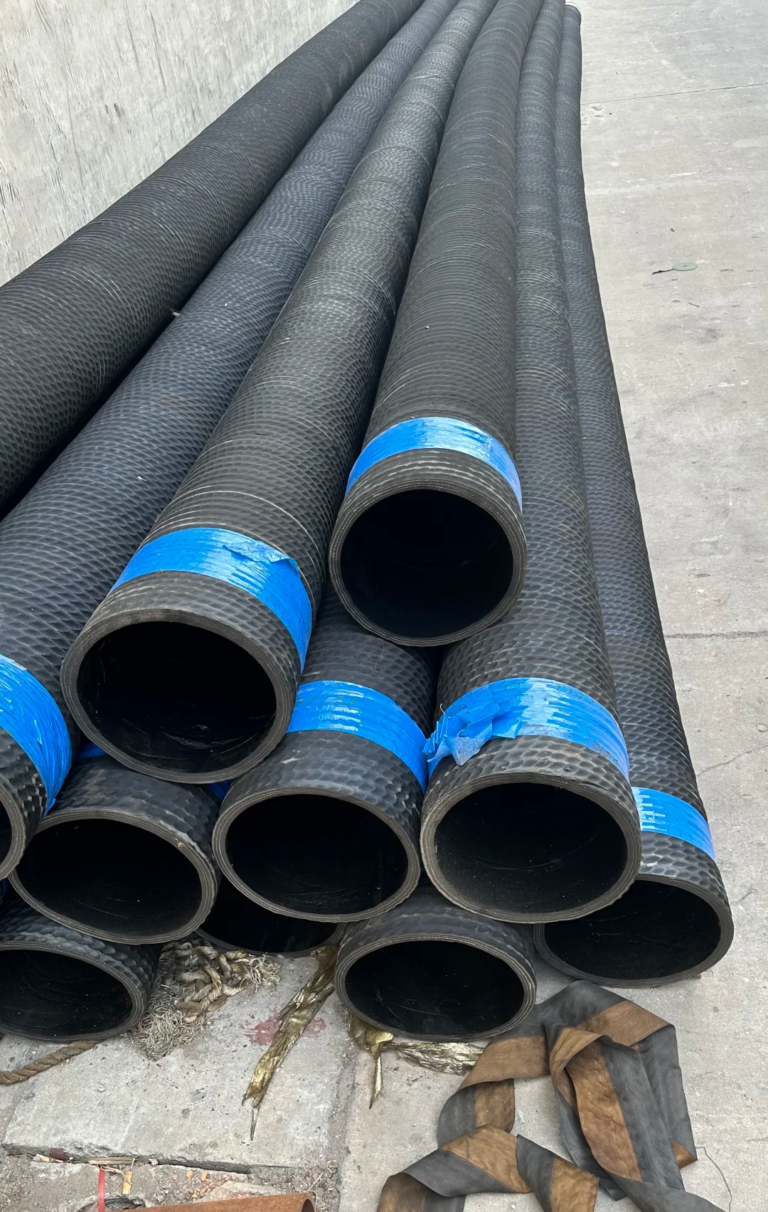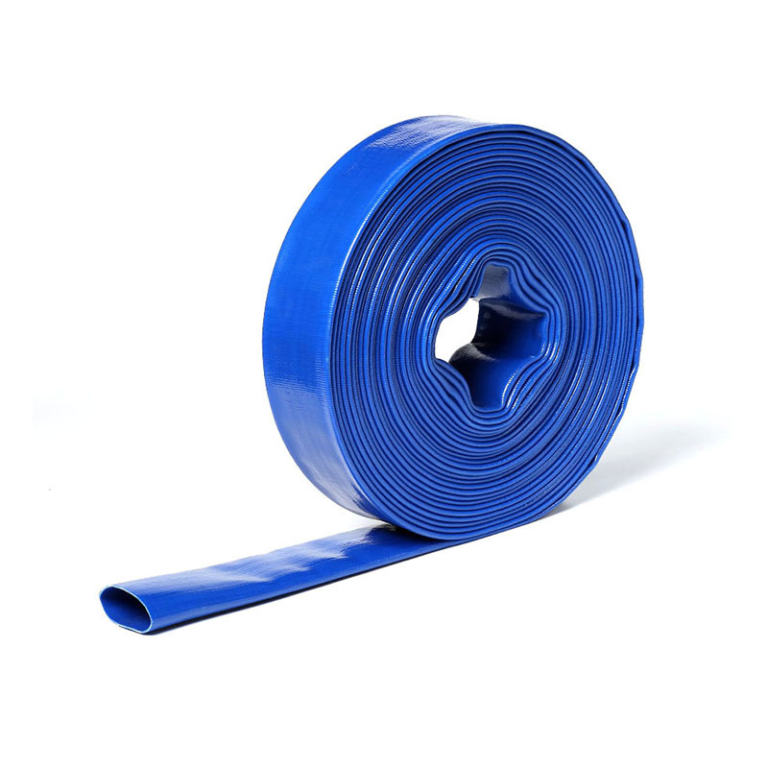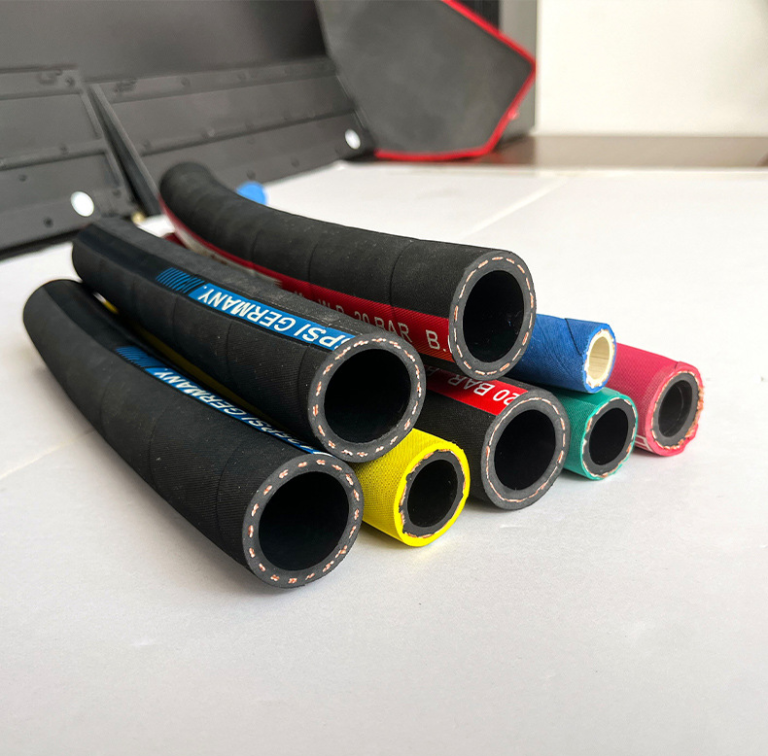Introduction to the Performance Advantages and Medium Resistance of Fluororubber (FKM)
1. Fluororubber (FKM)
Fluororubber is an elastic polymer obtained by polymerizing or condensing fluorinated monomers, with fluorine atoms attached to the carbon atoms of the main or side chains. Due to the different fluorinated monomers used in manufacturing, fluororubber has many varieties, which can be broadly divided into fluorinated olefin copolymers and nitroso copolymers. Specifically, according to chemical composition, it can be divided into fluorinated rubber, fluorosilicone rubber, nitroso fluorinated rubber, fluorinated acrylic rubber, fluorinated phosphonitrile rubber, fluorinated ether rubber, etc. Fluororubber has the characteristics of high temperature resistance, oil resistance, and resistance to various chemical erosion, and is an indispensable material for modern aviation, missiles, rockets, space navigation and other cutting-edge scientific and technological fields. In recent years, with the continuous improvement of reliability, safety and other requirements in the automotive industry, the use of fluororubber in automobiles has also rapidly increased.
Temperature range: -45 ℃ to 204 ℃
advantage:
·Excellent chemical stability, resistant to most oils and solvents, especially various acids and aliphatic hydrocarbons
Aromatic hydrocarbons and animal and vegetable oils
·Excellent high temperature resistance
·Good aging resistance performance
·Excellent vacuum performance
·Excellent mechanical performance
·Good electrical performance
·Good permeability
Disadvantages:
·Not recommended for ketones, low molecular weight esters, and compounds containing nitro groups
·Poor low-temperature performance
·Poor radiation resistance
Applicable medium:
·Mineral oil, ASTM No.1 oil, IRM902 oil and 903 oil
·Non combustible HFD hydraulic oil
·Silicone oil and silicone ester
·Mineral and vegetable oils and fats
·Fatty hydrocarbons (butane, propane, natural gas)
·Aromatic hydrocarbons (toluene, xylene)
·Chlorinated hydrocarbons (trichloroethane, carbon tetrachloride)
·Gasoline (including high alcohol gasoline)
·High vacuum
Not applicable medium:
·Ethylene glycol based brake fluid
·Ammonia, amine, alkali
·Superheated steam
·Low molecular weight organic acids (formic acid and acetic acid)






